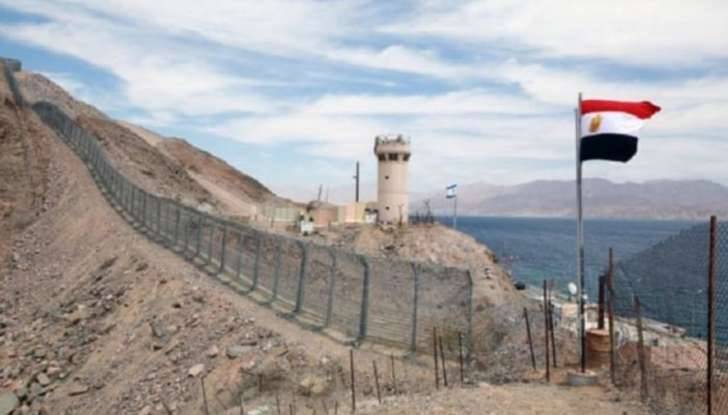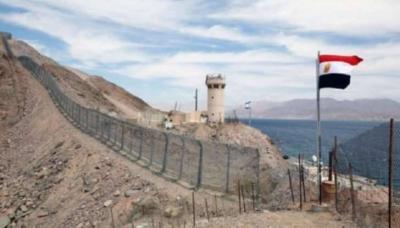The Mount Harif area at the Egypt-Israel border witnessed a shooting incident for the second time since the beginning of this year. The Israeli army announced yesterday, Tuesday, that its forces opened fire on a group of drug traffickers at the Egyptian border. It clarified in a brief statement that surveillance cameras detected several suspects on the border fence in the Mount Harif area, located in the Negev Desert along the border with Egypt. Meanwhile, the Egyptian army reported thwarting an attempt to smuggle narcotic materials south of the Al-Aouja crossing on the northeastern border, which is a border outlet with Israel. At that time, it also noted that an unidentified individual was killed while preventing the smuggling of a drug shipment estimated at around 174 kilograms.
But what do we know about Mount Harif? This mountain is located in the Negev Desert on the Israeli border with Egypt, about 86 kilometers southwest of Be'er Sheva and 112 kilometers northwest of Eilat. It is the second highest mountain in the Negev after Mount Rasa al-Rumman, which is the highest point in historic Palestine, standing at 1,037 meters tall. A military base of the Israeli army is situated on this mountain due to its strategic location on the Egyptian border.
Most of the area comprising the Negev Mountains is designated as natural reserves, covering an area of 14,000 square kilometers, and most of its inhabitants are from Arab tribes and clans. The Negev is a desert region in southern Israel, shaped like an inverted triangle, bordered to the east by the Arava Valley and to the west by the Sinai Peninsula. The population of Arabs in the Negev desert is about 300,000, with around 150,000 of them living in 45 villages that are not recognized by Israel, and the government does not provide them with electricity, water, medical facilities, or infrastructure.
The most important cities in the Negev include Be'er Sheva, Rahat (the second largest city in the Negev), Ar'ara, Tel Sabea, Tel Arad, Kseifa, Hura, Al-Laqia, Umm Batin, Shaqib al-Salam, Umm Hiran, Umm Matan, Al-Qasir, Al-Ikhsham, and Al-Asam, as well as Be'er Hadaj, Wadi Al-Na'am, and Tarabin Al-Sana. Egyptian President Abdel Fattah el-Sisi had proposed at the beginning of the war to relocate residents of Gaza to the Negev Desert, in response to Israeli signals regarding relocating the inhabitants of the sector to the Sinai Peninsula.




